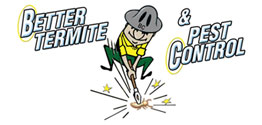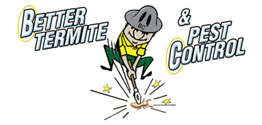House mice and deer mice are the main mouse species that may enter your home. Both pose serious health hazards and both can cause damage to the home, and while these two species are very similar, there are some differences between the two.
Appearance
Some of the biggest differences between these two mice are in appearance. Let’s start with coloration – house mice tend to have a full coat of brown or gray fur, while deer mice will have brown fur with white legs and underbelly. Deer mice also have hairless tails, while the tail of a house mouse will be covered in the same color fur as its coat. In terms of length, a house mouse will usually reach about 5 inches, tail included, while the deer mouse will be about 2 inches longer than that.
Preferred habitats
The two mice also differ in the habitats that they prefer. House mice are built to live in human settlements. While they are able to survive out in the fields, they will always be on the lookout for an urban, suburban or rural area that they can thrive in. Deer mice on the other hand are wilder, and even when they set up in a settlement, they will prefer to live in the park areas. This species is also much less likely to infest the home because of this reason.
Diseases
When it comes to diseases, both species are very dangerous, and they share some of the diseases that they can spread. For example, both can spread salmonella. However, the deer mouse can also spread the hantavirus. On the other hand, house mice are more likely to bring fleas and lice into the home.
Control
Both mouse species are controlled using similar methods, but the approach taken may differ. Because deer mice are more accustomed to the outdoors, they are likely to infest other areas of the property, and travel inside the home looking for food. For example, they may set up in the garage or a nearby shed, while house mice are almost exclusively interested in the comfort that your home provides. A pro will be able to first identify the species responsible for the infestation and then take the appropriate measures. For more information on these two species, or if you suspect that you have an infestation in your home, contact us today.



